Kings Canyon
We arrived at Kings Canyon just as the first light hit the desert, water bottles full and the air still cool enough to breathe easily. Out here in the middle of Watarrka National Park, the day waits for no one! By mid-morning, the heat presses in. Sunrise belongs to those who start early. We’d promised ourselves we’d beat the sun (and those pesky tourists!) and for once, we actually did.
The Rim Walk begins with a climb known to locals as Heart Attack Hill, and it earns the name before you’re even halfway up. But the reward at the top is worth every deep, oxygen-seeking gasp. The cliffs fall away behind you, and the plateau opens into a maze of weathered domes called the “Lost City” that rise from the red rock. We stopped often, swapping cameras and soaking up the view, because how could you not?
Somewhere along the trail, a noise caught our attention; it sounded like soft rain on dry stone, a sound so delicate it almost didn’t fit this harsh country. We worked out that it was a tree with its seed pods and leaves whispering together in the wind. Maybe it was a sandpaper fig, maybe an acacia; either way, it felt alive, part of the canyon’s quiet language.
The Garden of Eden sits halfway around the rim, a shaded pocket where time definitely slows to prehistoric times. Ancient cycads lean over a still waterhole, and the heat lifts for a moment. It’s a good spot to rest and think about what this landscape used to be, once a shallow inland sea, long before the Outback existed. If you look closely, you can still see the old wave patterns rippled into the rock, frozen there for hundreds of millions of years, like the ghost of a tide that never quite went out.
To celebrate Cameron’s birthday, we splurged on a helicopter flight over the gorge. It was my first time in a chopper, and I was half thrilled, half terrified as the blades kicked up dust. From above, the canyon stretched in impossible colour. Burnt ochre, deep shadow, and a long, ancient fault line carving through the desert. It’s a view that rearranges your sense of scale, the kind that makes your pulse slow instead of quicken.
We landed back filled with awe, camera cards full, and a quiet satisfaction that only comes from seeing something truly vast up close. Kings Canyon isn’t just another tick on a map. It’s a conversation with time itself...raw, echoing, and impossibly beautiful.
Kings Canyon
Set within Watarrka National Park, Kings Canyon is one of the Northern Territory’s true icons — a dramatic sandstone gorge carved over millions of years. It’s home to ancient rock formations, shaded waterholes, and a silence that feels sacred.
How to Get There
Kings Canyon sits roughly halfway between Alice Springs and Uluru, about 320 km from each. Access is via the Luritja Road, which connects to the Red Centre Way. All main roads are sealed, though conditions can vary with weather.
What to See, Tours and Activities
What we did:
Hiked the Rim Walk (6 km circuit) early in the morning to beat the heat.
Stopped at the Garden of Eden waterhole to rest in the shade.
Took a helicopter flight over the gorge for a bird’s-eye view.
Stayed at the Kings Canyon Resort and enjoyed a cold drink and dinner with a view.
Other highlights you might explore:
Walk the shorter Kings Creek Walk at the canyon base.
Drive the Red Centre Way through Watarrka and Tnorala (Gosse Bluff) Conservation Reserve.
When to Visit
May to September offers the best walking weather, with cool mornings and mild days. Summer temperatures can soar above 40°C — an experience best enjoyed from the air or near a fan.
Final Thoughts
Kings Canyon feels ancient in a way that photographs can’t quite capture. It’s not just about the walk or the view — it’s about standing somewhere that has seen oceans, deserts, and everything in between, and still holds steady.
What’s Nearby
From Kings Canyon, the road south leads toward Uluru, while heading north connects to Hermannsburg and the West MacDonnell Ranges. Either way, red rock and endless sky keep you company.
If you’ve enjoyed this stop, subscribe to our Travel Dispatch. That way you won’t miss our Top Secret Dispatches…the stories we only share with our road family, straight from the dust and the driver’s seat.
Next stop: Uluru and Kata Tjuta — that deep red heart of Australia that no photo can quite capture. After the cliffs and silence of Kings Canyon, we headed south through desert country, chasing the rock that draws everyone in for their own reasons.
Fast Facts
Location: Watarrka National Park, Northern Territory
Distance: Alice Springs to Kings Canyon – 320 km
Traditional Owners: Luritja and Matutjara Peoples
Access: Sealed via Luritja Road; unsealed routes on the Red Centre Way
Facilities: Campgrounds, resort, helicopter tours, café, walking tracks
Walking Track: Kings Canyon Rim Walk (6 km circuit)
Dog Friendly: Not permitted in the national park
Best Time to Visit: May – September
Things That Could Kill You
A semi-serious guide to surviving Australia. Mostly common sense, occasionally luck. Actually, these ones are SERIOUS!
Heart Attack Hill: It’s not a metaphor. Start early and pace yourself. There’s a reason there are defibrillators at the top and halfway up!
Heat: The desert sun means business! Carry water and shade wherever you go.
Helicopter Blades: Take your hat off, and keep your head low.
If you’ve made it this far, you’re one of us. Join our Travel Dispatch for the top secret stuff — the stories we probably shouldn’t share, but do anyway.
Other updates you may like…
We arrived dusty and travel-worn, but Alice Springs greeted us with warmth, colour and comfort. From quirky cafes to red desert sunsets — don’t believe everything you read about Alice.
We returned to Uluru with fresh eyes, riding out for sunrise, circling the base, and watching rain turn the rock to copper. Quiet, powerful, and unforgettable—the red heart of Australia.
Massive, mysterious and far less crowded than Uluru, Kata Tjuṯa blew us away. We wandered among towering domes, soaked in the silence, and left feeling tiny, dusty, and full of quiet awe.
We hiked the Rim Walk at sunrise, cooled off in the Garden of Eden, and took to the skies for a birthday flight. Kings Canyon is vast, ancient, and one of the Territory’s true wonders.
Often, when travelling together, it’s great to visit places individually so we can each have a different point of view. Neil’s quieter view of Ormiston Gorge. Red walls, soft light, and the sound of wind through the ranges.
Cameron’s take on Ormiston Gorge. A cool desert waterhole framed by red cliffs and silence. A refreshing swim, a perfect view, and a reminder of how still the Outback can be.
Hidden in the West MacDonnell Ranges, the Ochre Pits reveal layers of colour and culture. Once used by the Arrernte people for ceremony and trade, they remain a sacred reminder of Australia’s enduring connection to land.
A short, bright walk through one of the Red Centre’s most dramatic natural landmarks. Standley Chasm glows with midday light and cultural depth, cared for by the Western Arrernte people of Central Australia.
This stunning natural landmark feels like a hidden sanctuary, where the arid landscape meets the cool refuge of a dry creek bed nestled between towering cliffs.
Among the giant granite boulders of Karlu Karlu, the desert feels timeless. Sunrise and sunset light up the Devil’s Marbles in colour and silence, revealing a sacred landscape shaped by both nature and Dreaming.
Crocodylus Park in Darwin brought us face to face with the Territory’s wildest locals. From croc feedings to holding a baby reptile, this visit was thrilling, educational, and a little bit terrifying.
The wildlife here isn’t just something to see—it’s an essential part of what makes the NT so unforgettable.
Our visit to the Darwin Botanical Gardens was a serene escape into the lush, tropical beauty of the Top End.
Our visit to the Darwin Botanical Gardens was a serene escape into the lush, tropical beauty of the Top End.
The locals call it “mango madness,” a reference to the season’s effect on people and the abundance of mangoes ripening everywhere.
Mindil Beach Markets is more than just a market—it’s an experience that captures the spirit of Darwin.
Hidden beneath Darwin’s streets, the WWII Oil Storage Tunnels reveal a fascinating slice of wartime history. Cool, dark, and atmospheric, they’re a reminder of the city’s strategic role and resilience during the bombings.
Visiting the Legislative Assembly isn’t just for political enthusiasts. It’s a chance to learn about the NT’s unique challenges and its efforts to carve out a voice on the national stage.
Dundee Beach is a laid-back coastal escape where sunsets steal the show. With fishing boats bobbing offshore, soft sand underfoot, and that endless Territory sky, it’s the perfect spot to pause and breathe.
Skimming across the water on an airboat with Northern Territory Airboats was one of the most exhilarating experiences we’ve had in the Top End.
Known for its incredible waterfalls and swimming spots, Litchfield National park is a must-visit for anyone exploring the Top End.
Among the beautiful landscapes of the Northern Territory lies a solemn reminder of Australia’s wartime history.
Tucked away in the bush near Adelaide River, this vast complex was once one of the largest fixed installations in the Northern Territory during the war.
Robin Falls, tucked away near Adelaide River, is one of those places that feels like a secret waiting to be shared.
Neil was in his element at the Lazy Lizard Tavern in Pine Creek, wandering through and getting inspiration for his dream man cave.
Our time in Katherine gave us the chance to experience the heart of the Northern Territory. This charming town, rich in history and surrounded by natural beauty, offered plenty to explore.
After weeks in the dry, dusty outback, arriving at Bitter Springs and Mataranka felt like stepping into paradise. We decided to spend a full week here, giving ourselves the time to relax, recharge, and soak in the natural beauty of the region.
From the pub’s welcoming energy to the historical depth of Stuart’s Tree and the airport, it’s a stop that blends fun, history and a little bit of the unexpected.
Cameron is a travel writer, photographer, and freelance copywriter with more than fourteen years of experience crafting stories that connect people and place. Based on the road in a motorhome with his partner, he documents Australia’s quieter corners through Off the Main Road, a travel journal devoted to the towns, landscapes, and characters often overlooked by the tourist trail.
His writing blends observation with lived experience, drawing on a professional background in brand storytelling. Blending visual storytelling with a writer’s eye for detail, Cameron captures moments that reveal the character of regional Australia—from weathered towns and open landscapes to the honest rhythm of life across Australia.













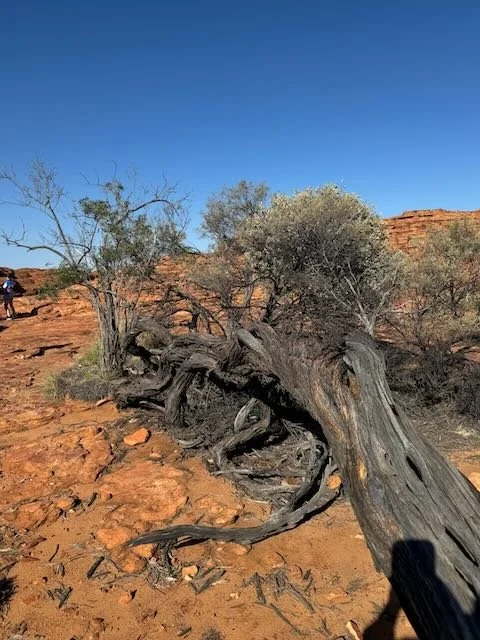

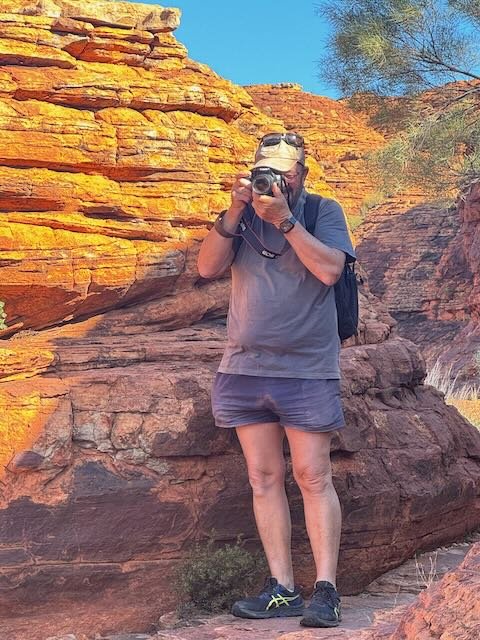
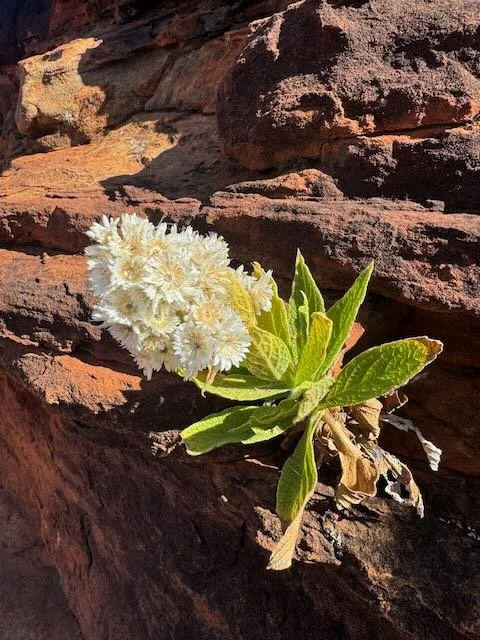

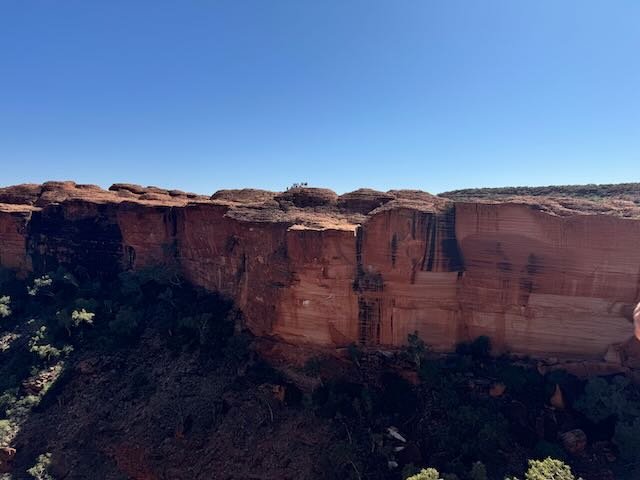
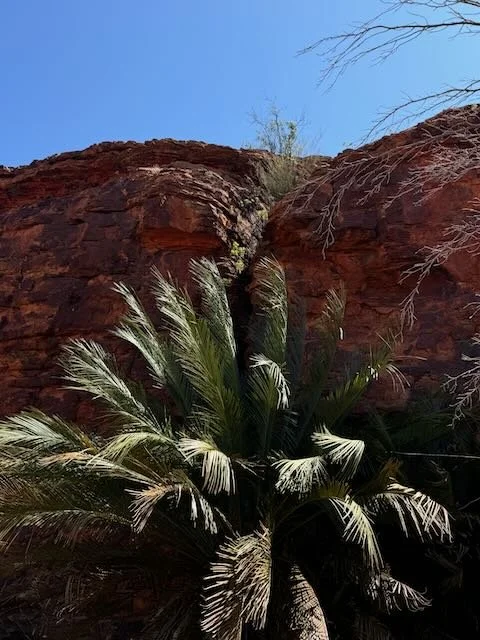
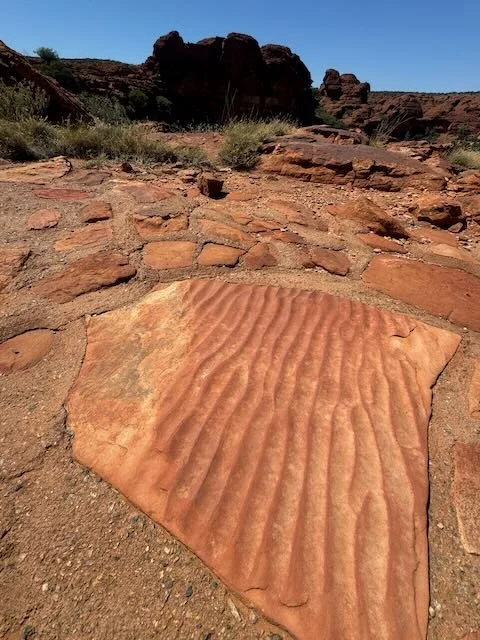
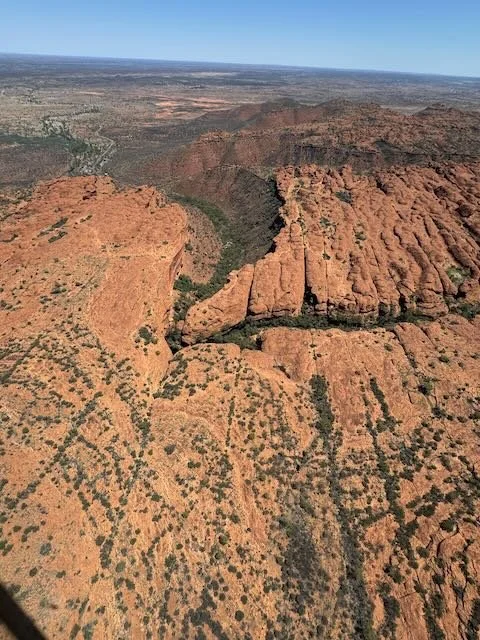
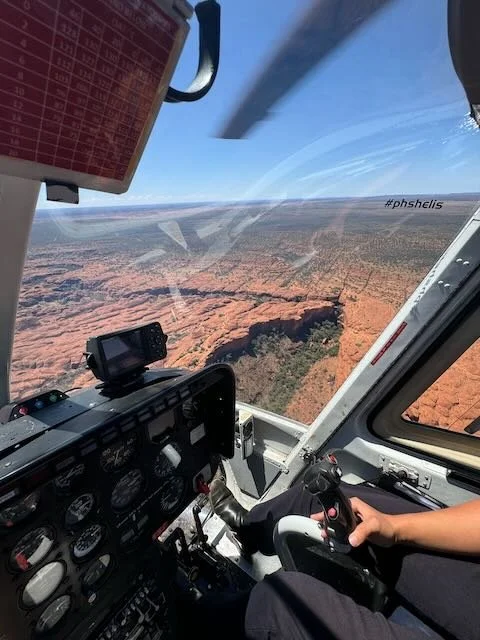
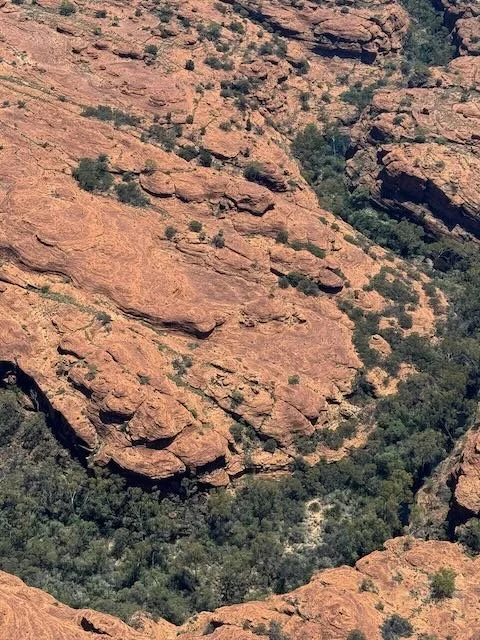
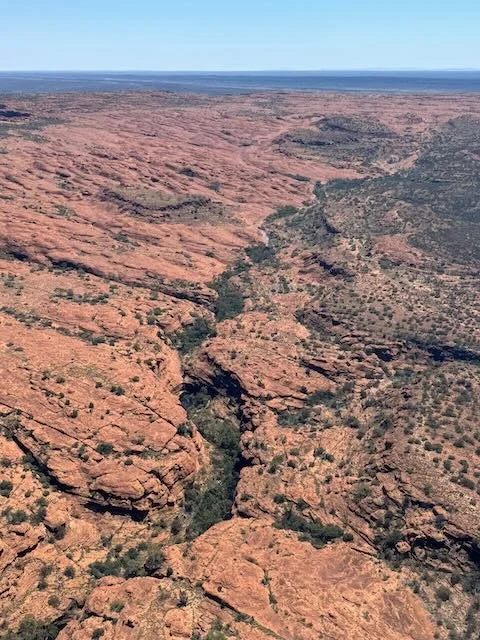




























Tennant Creek might look tough, but give it time and it’ll surprise you. Gold mining, local culture, and a town working hard to shape its future. Proof that hearts beat louder than headlines.